Cats have a reputation for being aloof and independent, but cat owners know that their feline friends can be surprisingly affectionate, especially during times of emotional distress. Many people have noticed that their cats become more cuddly when they are feeling down. This intriguing behavior has puzzled cat lovers and scientists alike, prompting questions about the emotional intelligence and empathy of our feline companions. Let’s explore why some cats seem to know when their human friends need a little extra love.
Understanding Feline Intuition
Cats are incredibly perceptive creatures. They have an acute sense of hearing and can pick up on subtle changes in the environment. When you’re sad, your body language, tone of voice, and even your scent might change. Cats can detect these variations and respond accordingly. It’s almost as if they possess a sixth sense that alerts them to your emotional state, prompting them to offer comfort.
The Role of Scent in Feline Behavior

The sense of smell in cats is far superior to that of humans. When you’re feeling sad, your body chemistry alters, releasing different pheromones. Cats can sense these changes in scent and may associate them with the need to be close to you. This is similar to how cats use scent to communicate with each other, marking their territory and signaling their presence. By staying close, they might be trying to offer a soothing presence.
Early Socialization and Attachment
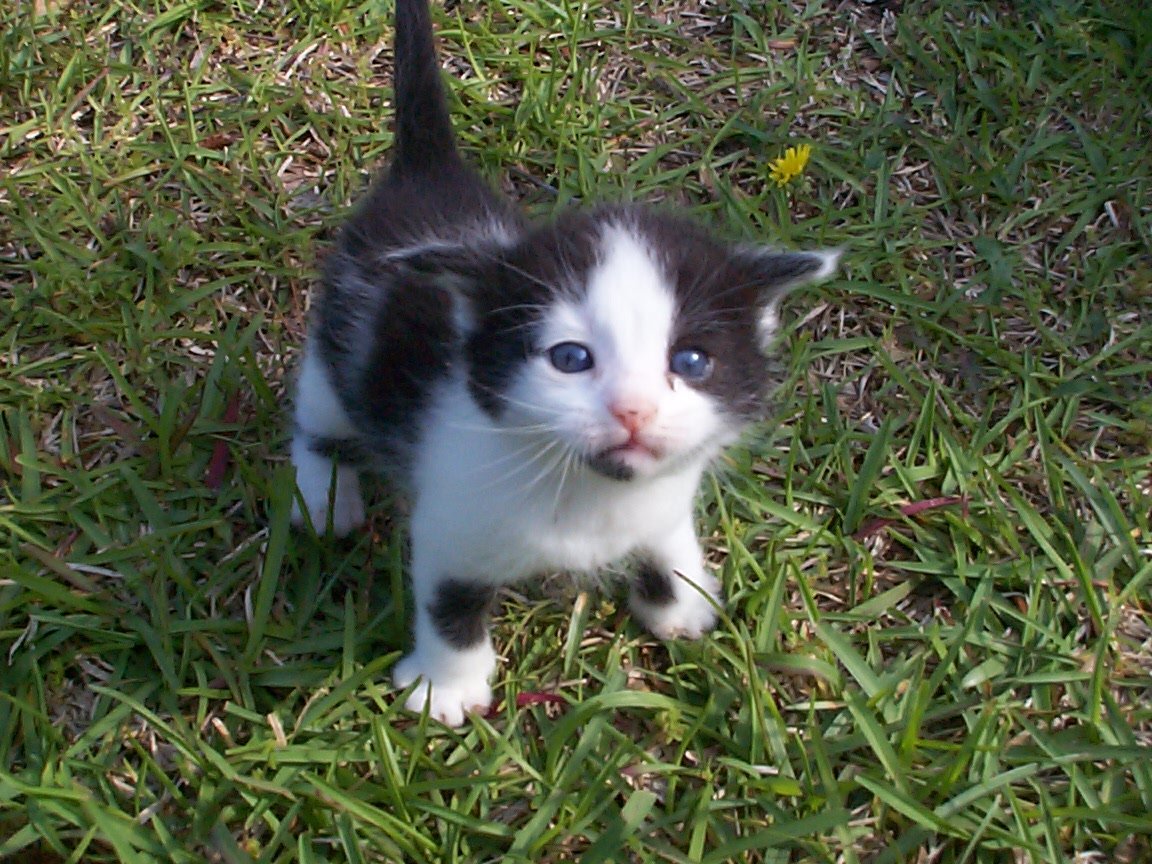
The behavior of a cat can be influenced by its early experiences. Kittens that are well-socialized with humans during their formative weeks are more likely to develop strong attachments to their human companions. This bond can make them more sensitive to emotional cues. Cats that have experienced positive interactions with humans are often more affectionate, especially when they sense their owner’s distress.
Empathy in Animals
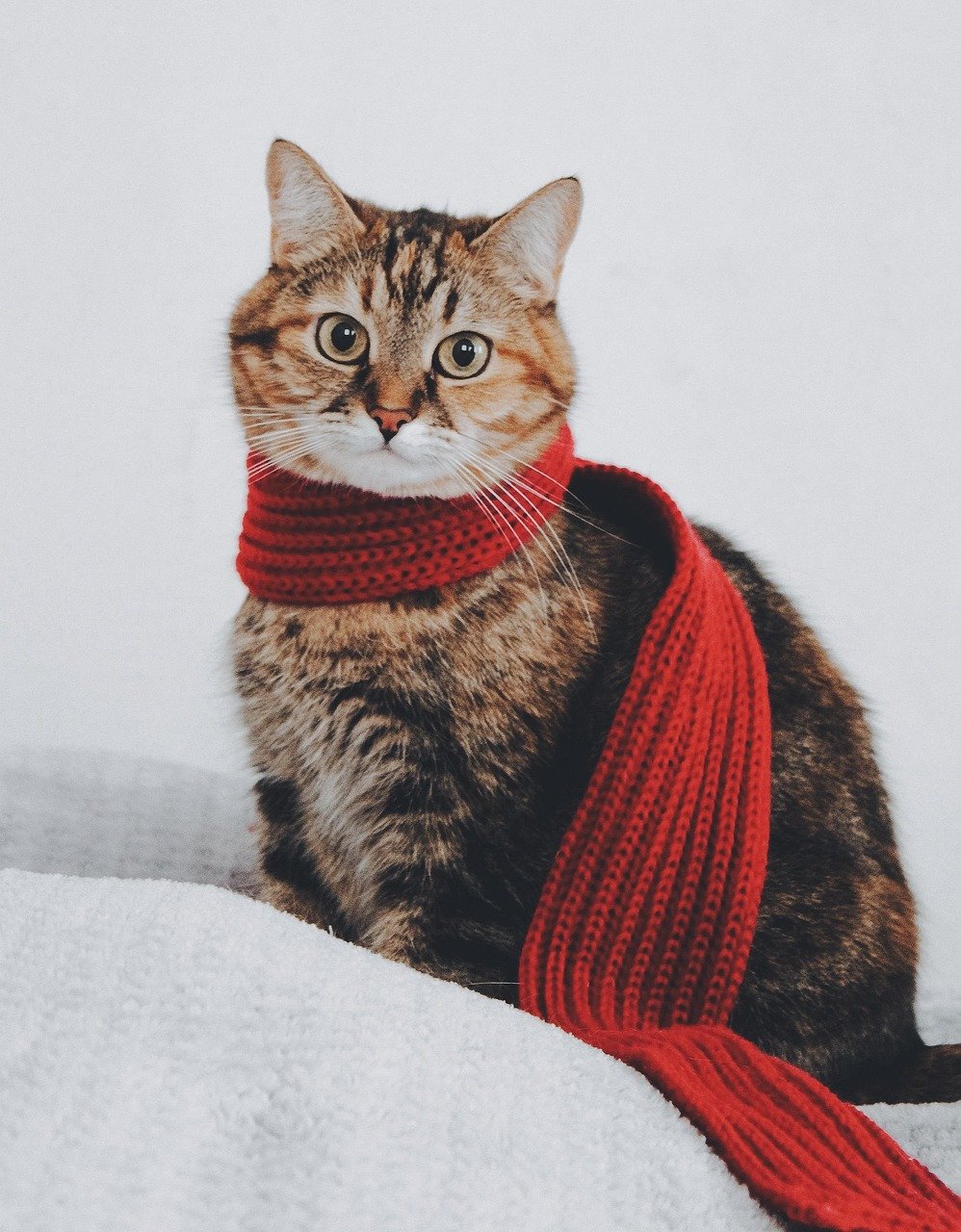
While it’s difficult to measure empathy in animals, some studies suggest that cats, like dogs, can exhibit empathetic behavior. When a cat senses that its owner is sad, it might respond with increased affection, purring, or sitting close by. This behavior indicates a level of empathy, where the cat is responding to the emotional needs of its human. It’s a comforting thought that our feline friends might be trying to make us feel better.
Purring: The Healing Frequency
A cat’s purr is not just a sign of contentment; it can also have therapeutic effects. The frequency of a cat’s purr is known to promote healing, reduce stress, and lower blood pressure in humans. When you’re feeling sad, the soothing vibrations of a cat’s purr can bring comfort and calmness. It’s as if your cat is offering you a natural form of therapy, using its purr to help you feel better.
Body Language and Nonverbal Communication
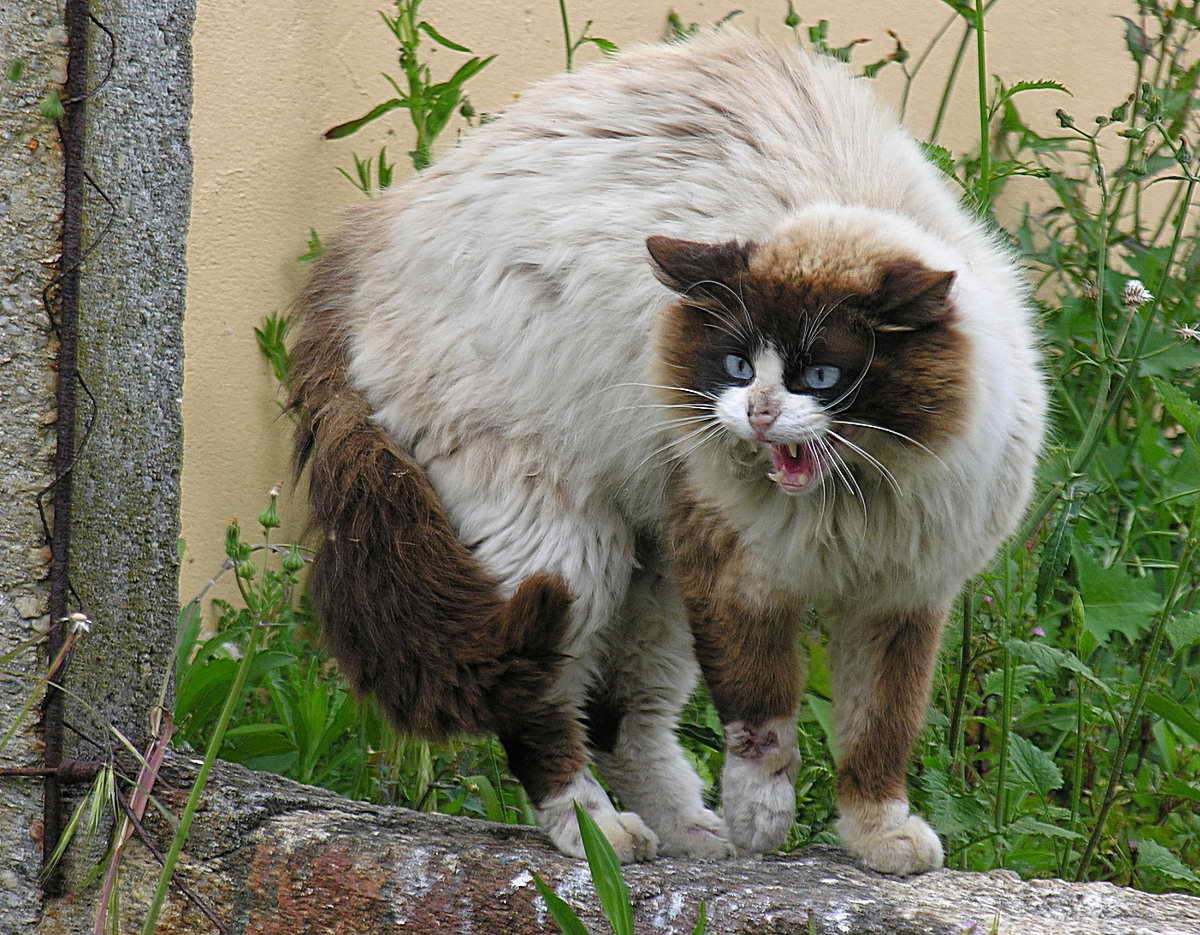
Cats are masters of nonverbal communication. They can read your body language and respond to it. If you’re slumped over or moving slowly, your cat may interpret this as a sign of distress. In response, it might curl up next to you or rub against your legs, offering its presence as a form of comfort. This nonverbal communication forms a unique bond between you and your feline friend.
The Comfort of Familiarity
Cats are creatures of habit and find comfort in familiarity. When you’re sad, the familiar routine of cuddling or sitting together can be reassuring for both you and your cat. Cats thrive on routine and may seek to maintain it during times of emotional upheaval. Your presence and scent are comforting to them, just as their presence is to you.
Stress Reduction and Companionship
The companionship of a cat can significantly reduce stress levels. Studies have shown that petting a cat can release endorphins, the body’s natural stress relievers. When you’re sad, your cat’s presence can provide a sense of stability and calmness. The simple act of stroking a cat can be meditative, helping to ease your mind and lift your spirits.
The Bond Between Human and Cat
The bond between a human and a cat is a powerful one. Cats have been companions to humans for thousands of years, and this long history has led to a deep understanding between the species. When a cat senses sadness in its owner, it might be responding to this ancient bond, offering comfort and support in its own unique way.
Recognizing Your Cat’s Unique Personality
Every cat is different, with its own personality and way of expressing affection. Some cats are naturally more affectionate and in tune with their owner’s emotions. Understanding your cat’s unique personality can help you appreciate the ways it offers comfort. Some might sit quietly by your side, while others might nuzzle or purr. Each gesture is a testament to the bond you share.
Environmental Influences on Behavior
The environment in which a cat is raised can influence its behavior. Cats that grow up in calm, loving environments are more likely to be affectionate and empathetic. If a cat has been exposed to stress or trauma, it might be less responsive to emotional cues. Creating a peaceful, nurturing environment can encourage your cat to be more affectionate when you’re feeling down.
The Importance of Routine and Stability
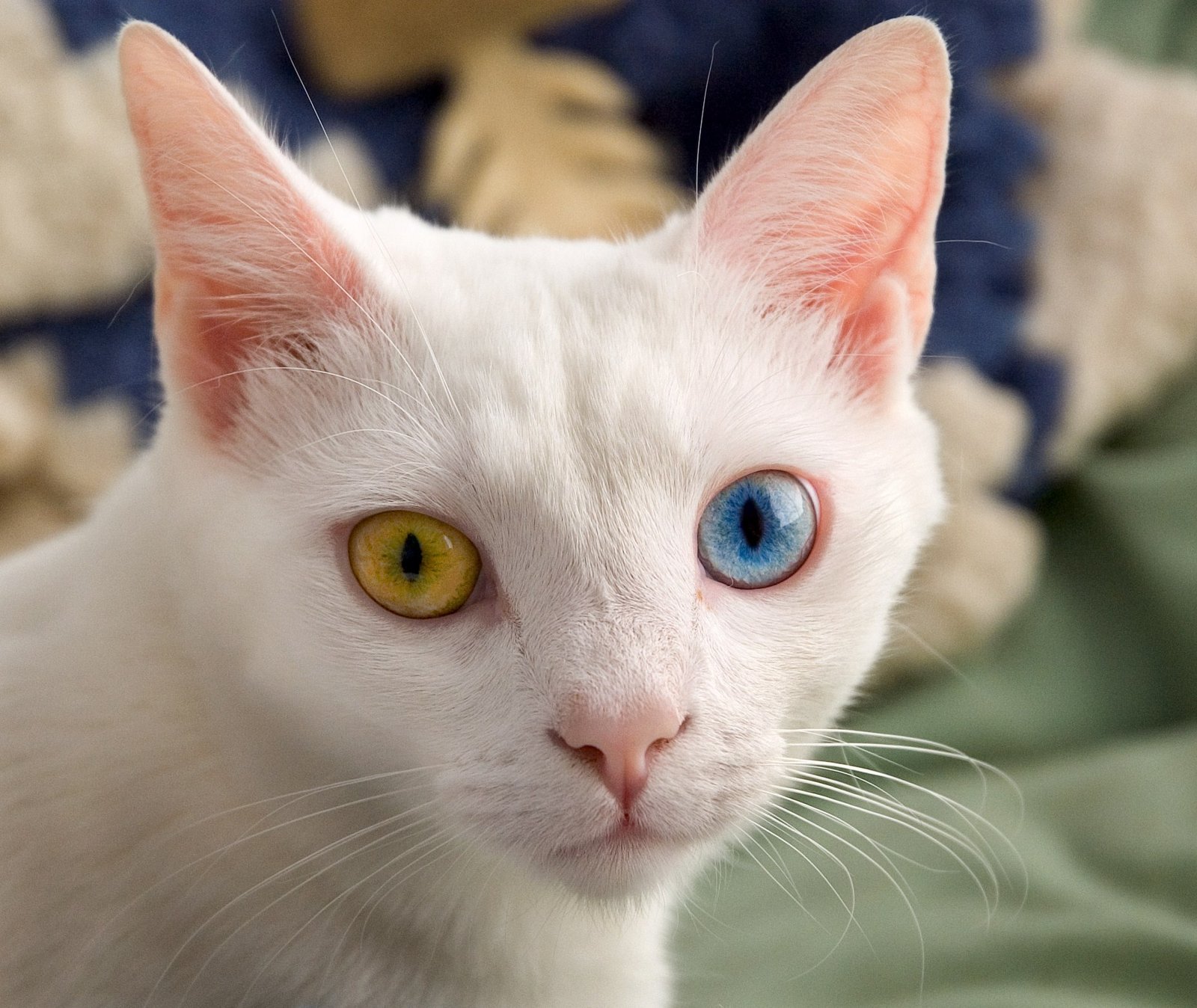
Cats thrive on routine and stability. When you’re sad, maintaining a routine can be beneficial for both you and your cat. Regular feeding times, playtime, and cuddling can provide a sense of normalcy and security. This stability can be comforting for your cat, encouraging it to be more affectionate and attentive to your emotional needs.
The Role of Breed and Genetics
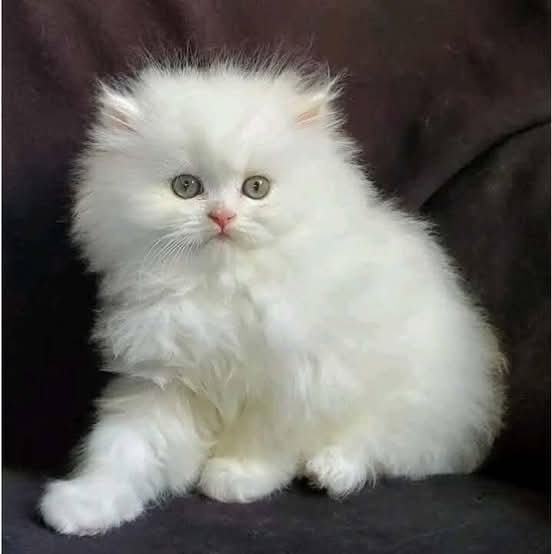
Some cat breeds are naturally more affectionate than others. For example, Ragdolls and Maine Coons are known for their loving, gentle nature. Genetics can play a role in a cat’s propensity to be affectionate and responsive to human emotions. While every cat is an individual, certain breeds may be more predisposed to offering comfort when you’re feeling sad.
Play and Positive Reinforcement
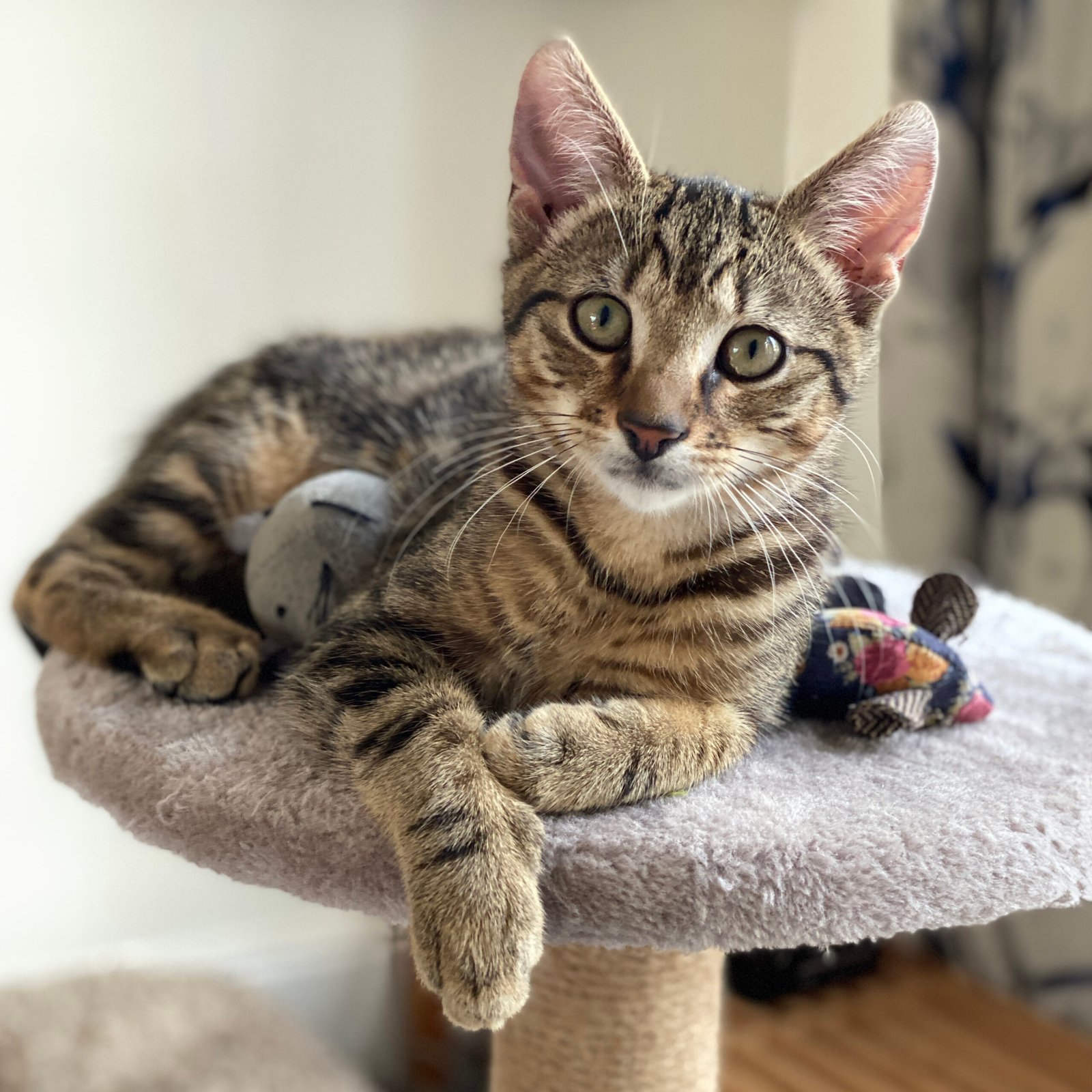
Engaging in play and using positive reinforcement can strengthen the bond between you and your cat. When you reward your cat with treats or affection for being close during times of sadness, you’re encouraging this behavior. Playtime can also serve as a distraction, helping to lift your spirits and improve your mood.
Observing and Responding to Cues
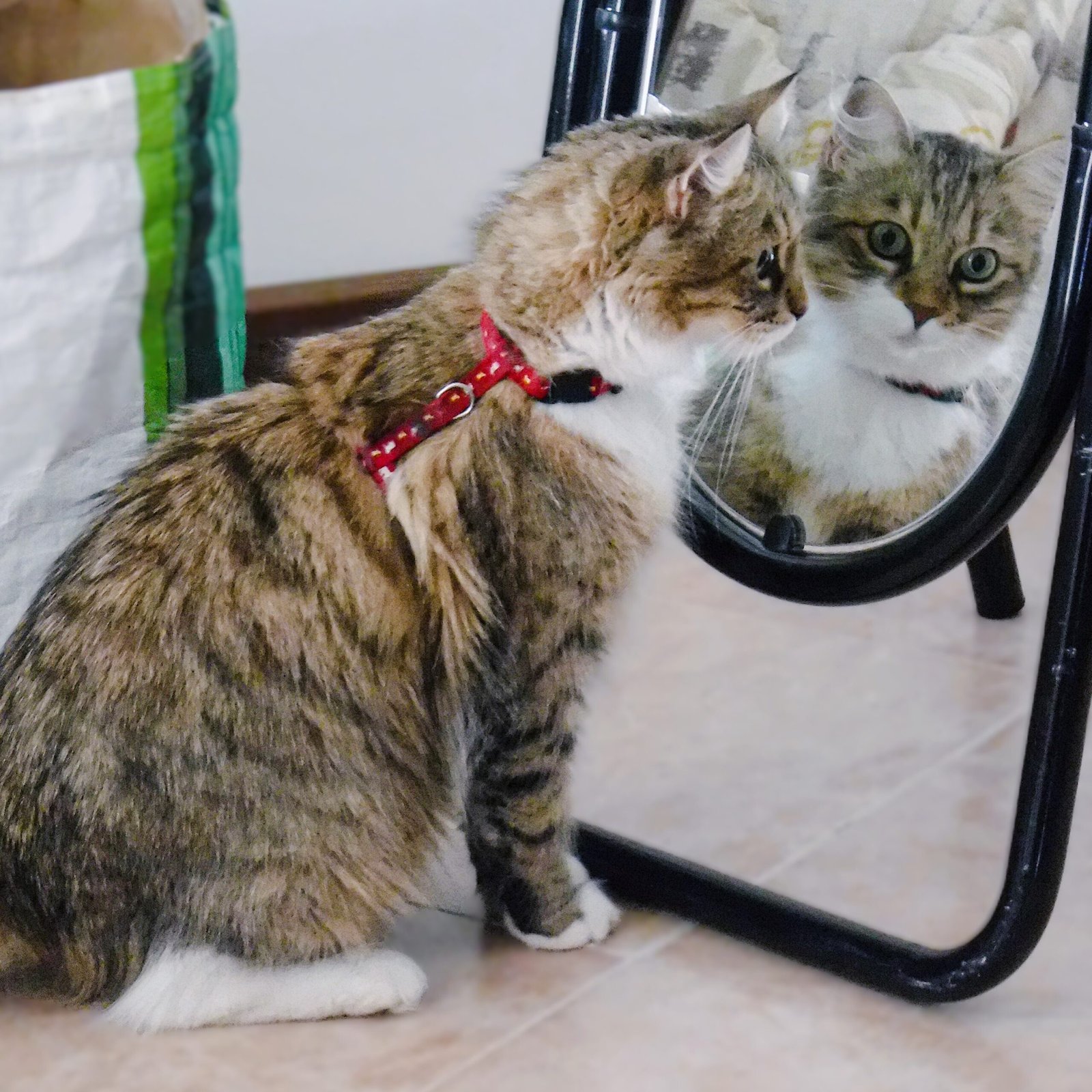
Cats are observant creatures that respond to cues from their environment. When they notice a change in your behavior, they might adjust their actions accordingly. Paying attention to your cat’s behavior can provide insights into how it perceives your emotional state. This understanding can deepen your connection and enhance the support your cat offers.
The Healing Power of Touch

The simple act of touching or holding your cat can have healing effects. Physical contact can release oxytocin, a hormone associated with bonding and happiness. When you’re feeling sad, holding your cat close can provide comfort and warmth. This physical connection reinforces the emotional bond you share, offering mutual comfort and reassurance.
Cats as Emotional Support Animals
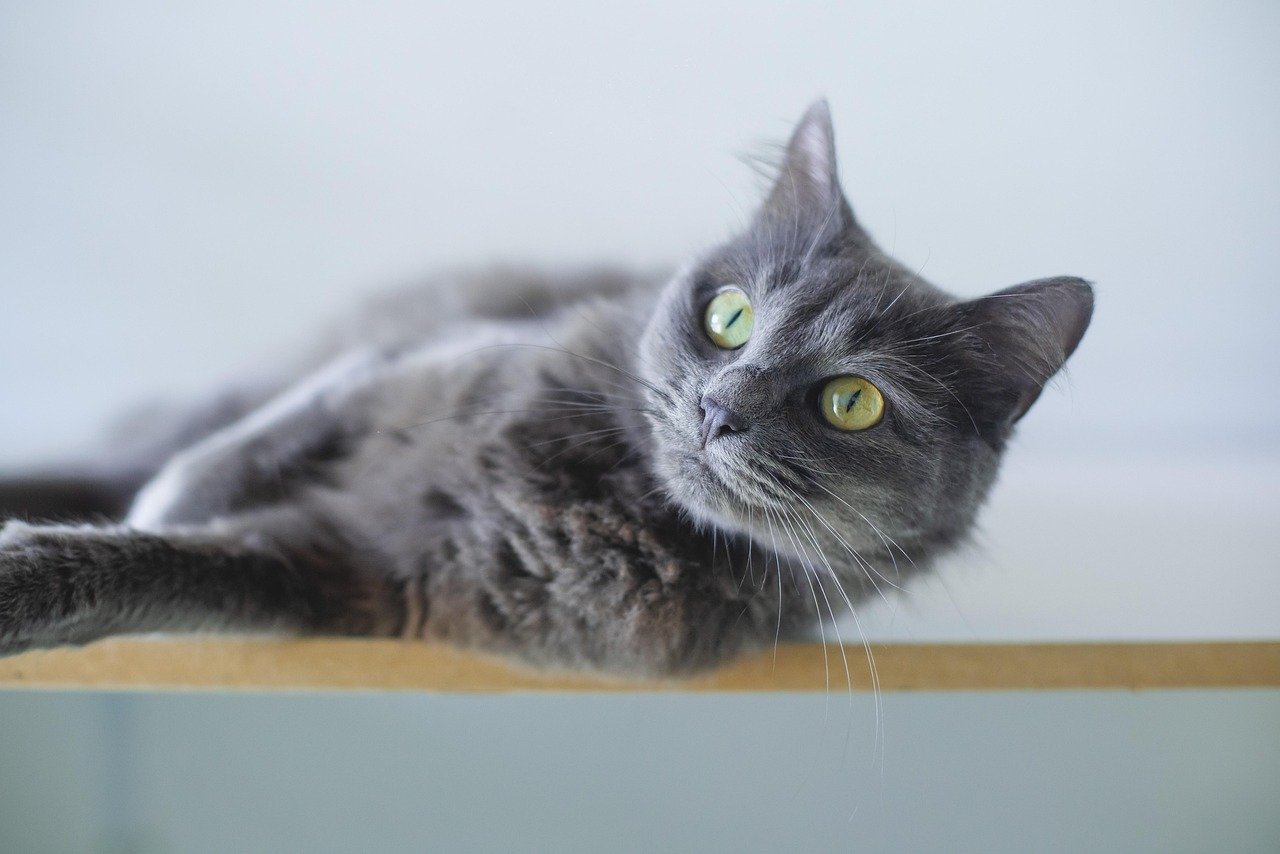
While cats are not traditionally viewed as emotional support animals, many people find solace in their feline companions. The presence of a cat can provide emotional stability and comfort during difficult times. Recognizing the support your cat offers can enhance your appreciation for its role in your life, especially when you’re feeling sad.
Creating a Safe Space for Your Cat
Providing a safe, comfortable space for your cat can encourage it to be more affectionate. Cats need a sense of security to be open and loving. Ensuring that your home is a haven for your cat can make it more likely to offer comfort when you’re feeling down. A secure environment fosters a trusting relationship, allowing your cat to express affection freely.
Embracing the Mystery of Feline Empathy
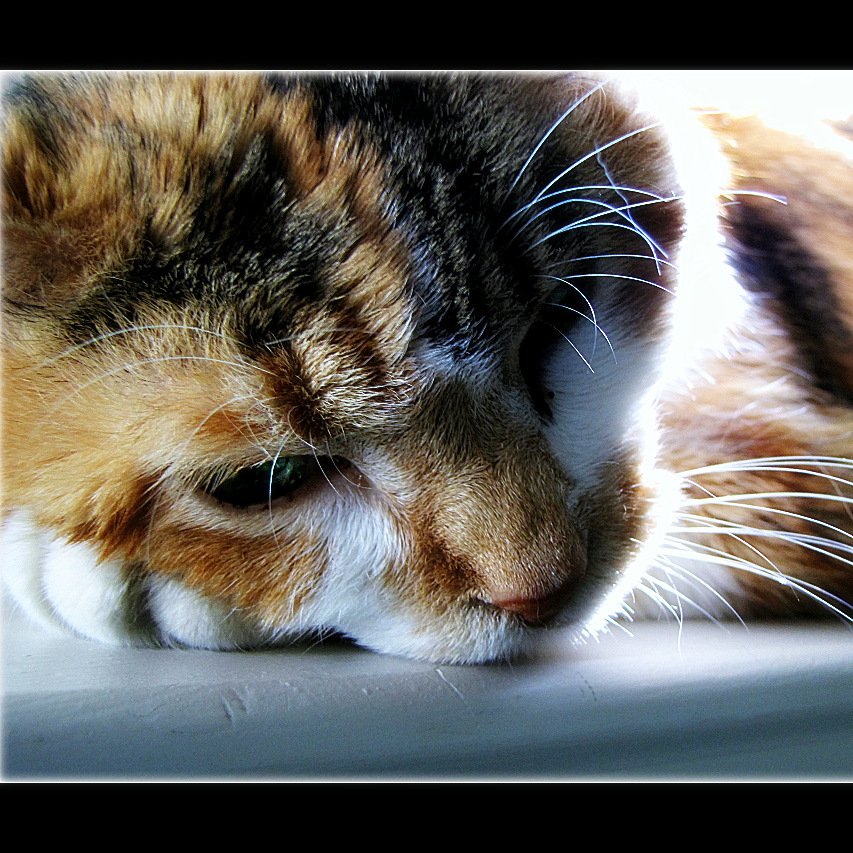
The mystery of feline empathy is a fascinating aspect of the human-cat relationship. While we may never fully understand why some cats are more affectionate when we’re sad, we can embrace the comfort they provide. Cats have an innate ability to offer support, reminding us of the power of unconditional love and companionship.
Hi, I’m Bola, a passionate writer and creative strategist with a knack for crafting compelling content that educates, inspires, and connects. Over the years, I’ve honed my skills across various writing fields, including content creation, copywriting, online course development, and video scriptwriting.
When I’m not at my desk, you’ll find me exploring new ideas, reading books, or brainstorming creative ways to solve challenges. I believe that words have the power to transform, and I’m here to help you leverage that power for success.
Thanks for stopping by, Keep coming to this website to checkout new articles form me. You’d always love it!





